Is your peaceful car ride interrupted at the sound of your baby crying? You’re not alone. Whoever gets motion sick will not be lucky to leave this seat. It’s a common point of contention for many frustrated parents-why oh why is my newborn fascinated by every ceiling fan, light, and sound, save for the gawd-awful buckles and straps of a car seat? If you are a parent searching for baby joy tips, understanding why will help you to find solutions that are effective.
The Egos Playing in Crying It Out in the Car Seat
Even the basic act of putting your baby in a car seat can trigger a chain of thoughts and emotions — some so intense they feel physically impossible to breathe through. The car is a different zone for most babies.
Separation Anxiety in Motion
Even though he is inches from your face, your baby can get separation anxiety in a car seat. They are not given the proximity that they long for (or are used to) in the inclined solid position, this discomfort makes them angry and can make them cry and scream.
- We know that for babies under 8 months, they’re learning object permanence.
- Infrequent visitation with parents may be cause for concern Among those children who did not see either parent very little (5 percent of the time or less), 24 percent spent more than half of their time with their parents.
- The Car seat as a Physical Isolation Barrier
Positional Discomfort
Infant car seats are semi reclined, which is great for safety but not always that comfortable for baby, especially if baby has reflux or gas.
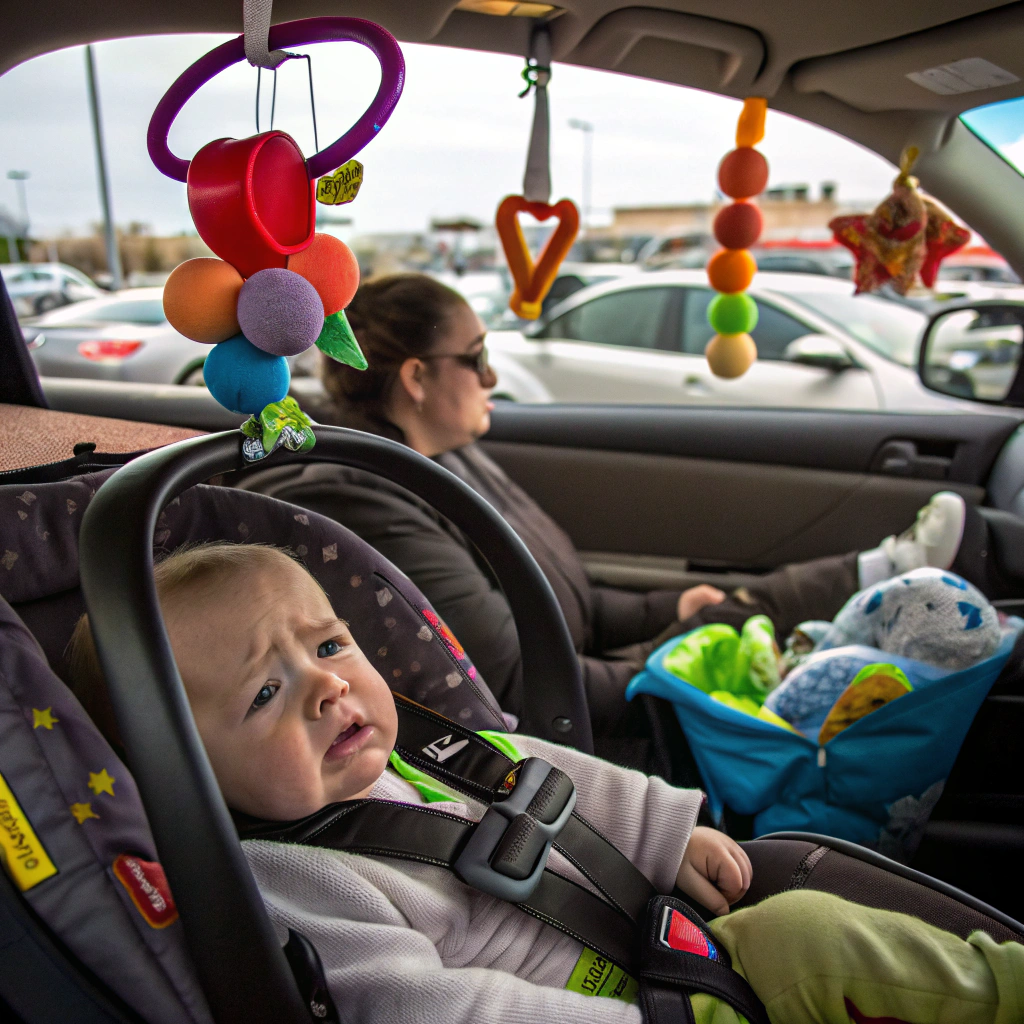
5 Weird Reasons Your Baby Might Be Crying in the Car
The secret to actually implementing solutions for car seat screaming is understanding what’s making your baby so mad in the first place.
1. Motion Sensitivity
Motion sickness is not just for adults. The sense that causes us to feel sick while spinning is impaired in infants, despite being fully present at birth and active all of life: the vestibule system (it controls our orientation in space and balance).
- Vestibule system development continues in the toddler years
- Young babies can easily become overwhelmed by visual information that comes from their moving environment.
- The distance between what they observe and how they feel can be painful.
Pro Tip : If you’re car tripping, try to time your drive with your baby’s nap time; once the wheels start spinning, eyes close and there’s not as much visual stimulation.
2. Temperature Discomfort
Babies cool down and warm up in a different way than adults, and they are more life-threateningly sensitive to temperature extremes.
- Materials from car seat can trap heat
- Solar Gain via windows According to Energy.gov, direct sunlight may trap heat through windows.
- But air conditioning does make cold spots.
Solutions Include :
- Jump To A car seat cover for the season
- Installing window shades to block out the sun
- Checking the baby’s temperature by feeling its neck, and not its hands or feet
3. Startle Reflex Triggers
A moor reflex (startle reflex) is particularly strong in infants. The reflex may be triggered by the movements of the car, namely stopping and going.
- Read More… Emergency Brakes … When the reflex of surprise can slam on the brakes.
- The road is bumps and turns upon bumps and turns
- The reflex can disrupt sleep and lead to crying.
4. Over tiredness or Under stimulation
The car and its setting are, for your baby’s temperament and condition, either too boring, or too exciting.
An overtired baby is difficult to soothe in the car, but so is a bored baby.
- Overtired signals : rubs eyes, yawns, fussy for no reason
- Over stimulation cues: eagerly looking all around and taking it all in but trying to engage
5. Association with Negative Experiences
Babies can absolutely develop negative associations with car seats if they’ve had a rough go in them in the past.
- Doctor visits begin with car rides — bad association right there, even if it’s going to get a lot better if you would just let’s go already and get in the car.
- Fear can also be triggered by a history of car sickness.
- Similarly, long-term trips that evoked recurrent feeding times perhaps were not positive for schedules inhibited by muscle memories.
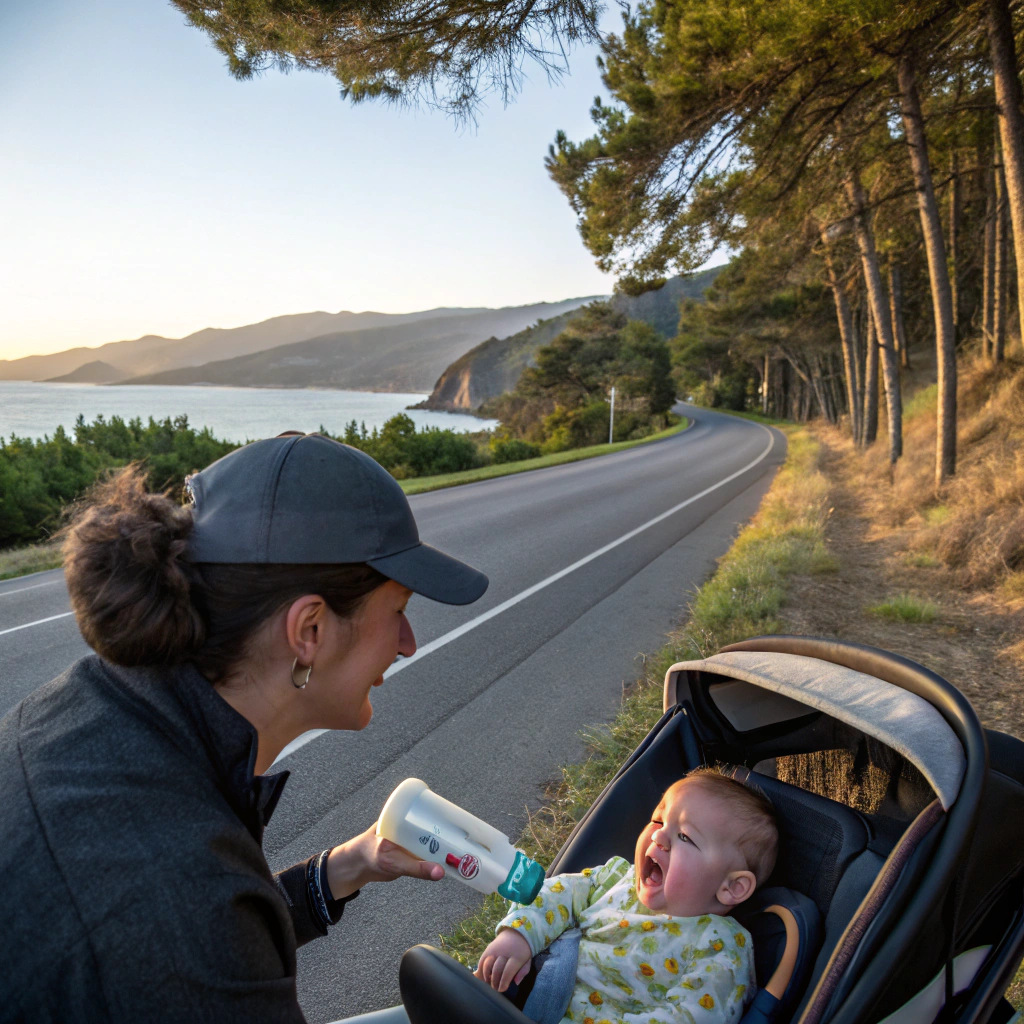
How to Calm Your Baby In the Car
By implementing these baby joy tips, car seat crying will be minimized and travel will be more enjoyable for everyone.
Pr-Journey Preparation
Creating the conservation mindset for your baby begins before you even reach the car.
- Feed and burp 30 mins before you leave
- Fresh nappy and comfy cloths provided for you.
- Time shift naps where you can
In-Car Solutions
Create a Peaceful Vibe You can induce a feeling of calm by :
- white noise machines or hand-picked “car ride” playlists
- Baby-safe mirror that baby can see you (and you can see baby) with.
- Pillowcase.co Perfect Head Support (For Baby with Flat Head Syndrome) Side and Top Pillows and soft overall (approved by manufacturer) for enhanced comfort
- Control Pro – Preset Temperature, Control the Temperature You Want, with Temperature Control Venting to Adjust as You Go, Heat, Get A Locked-in Flawless and consistent Temperature; Anodized Ceramic Coating, Anodized Aluminum, Maintains The perfect temperature while Using Less Material, and Experience The Elegant Style and Design.
For the worst of the worst, bring a baby friend, or someone else, to sit next to your baby. Comforting and quick to respond to an alarm call, they can be.
When to Consult a Professional
While sobbing in the car isn’t uncommon, ongoing significant anxiety and distress may indicate something more serious that needs to be dealt with.
Consider consulting your pediatrician if :
- Vomiting or ill with crying
- Your baby has severe arching of the back while riding in the car
- High pitch crying in the car William Krivo Crying in the car and other techniques: still not completely resolved.
- You just get to thinking it’s the reflux, or something.
Conclusion
The path to peaceful car rides is a long and bumpy one, a journey that involves some patience, some experimentation, and a wheelbarrow full of effective baby joy tips, curated for your child. Keep in mind that this stage is temporary – as soon as your baby grows up, they’ll usually get better at tolerating car rides. So whether or not you’re on the side of it being physical discomfort, or purely a baby wanting to send you off the deep end with car seat crying, when you figure out why baby is crying in the car seat, you can find a suitable solution and make life a little more pleasant.
If you’ve found help in these strategies, please share them with other parents muddling through the same battle. All babies are different, so feel free to adjust these tips to suit your baby’s temperament and your needs.
Frequently Asked Questions
Why does my baby cry when I put him in the car seat?
The crying may result from awkward positioning, compression of car seat or a negative association. You might want to invest in some manufacturer-approved padding for the car seat and practice using it at home, both to become more proficient at the buckles and to increase your baby’s tolerance for the seat before your car trip.
Do babies really hate car seats?
Yup, there are a ton of babies that go through those car seat-hating phases. All the above, and its desire to be close and held, to not move in the car seat, and, also prone to car ride motion sickness, can add up to this fairly commonly seen phobia. Most babies will grow out of this.
Can my baby really be crying because of how tight the car seat straps are?
While the straps on a car seat need to be snug for safety (you shouldn’t be able to pinch any webbing), they shouldn’t be painful. Ensuring that the straps aren’t rolling or pinching, that there’s no “bunching” with your clothing that feels uncomfortable. The chest clip must be located at the armpit area and not on the neck or tummy.
Does car crying mean my baby has colic?
Not necessarily. Colic typically is defined as crying for at least three hours a day, on three or more days a week, for at least three weeks. Car crying, though only when actually in the car, though, is more likely to do with the environment around the car, and not colic.
How can I help my baby sleep without having to let them CIO (cry it out) when in the car?
Editorial projects editor Heather Schroeder also suggests setting up a calming environment (white noise, check; room-clearing scents, check), ensuring the baby is at a comfortable temperature, providing a pacifier if baby takes one, and timing rides around a time when baby is naturally sleepy. Cry-it-out is not an approved method in car seats as the stress would build negative new connections.
What is the best no-cry newborn sleep solution for the car?
Rocking a parked car, white noise apps with car sounds, blackout window covers so it looks like nighttime, familiar comfort items in your car (when used safely) can all help cue open sleep without crying.
How can I lengthen my newborn’s sleeping stretches on long car rides?
Schedule stops every 1-2 hours to pull your baby out of the car seat for some comfort and feeding if needed. Make the car a home-like environment and don’t engage in stimulating activities right before it’s time to go to sleep.
Is it O.K. to offer my baby toys to play with to make her stop crying in the back of my car?
Do not use hanging soft toys or any toys which can be attached with an unapproved link/chain to the car seat. Avoid toys that could become hazardous flying objects if the car has to stop quickly or in a crash. Every once in a while a tiny tither on the car seat can be a distraction.
Is my baby crying because of car sickness?
The answer is yes, even very young babies can suffer from car sickness. Signs are included drooling, pale gums, vomiting as well as increased upset when on those curvy roads. Ask your pediatrician for some good remedies for his age if it is car sickness.
How can I prepare for a backup car routine with my new baby?
Some routine is good — using the same blanket (give it time to air out before use), playing the same music or striving for consistency on timing and length of trips. A little per-car ritual — a tune, a phrase, quiet parting words — can announce what will occur and reduce anxiety.
How can I prepare for a backup car routine with my new baby?
Some routine is good — using the same blanket (give it time to air out before use), playing the same music or striving for consistency on timing and length of trips. A little per-car ritual — a tune, a phrase, quiet parting words — can announce what will occur and reduce anxiety.
When do babies stop crying in the car?
Most infants with it grow out of it by the ages of 4 to 8 months when their nervous systems mature Combined with increased exposure to new situations. By the time they’re toddlers the crying in the car is usually WAY better (though, okay, yes, with variance of course).
Is it bad to let my baby cry in the car if I can’t pull over?
It is stressful for everyone, but brief crying is not harmful. If at all possible, pull over, but if there’s no way to do so, do your best to stay calm (babies sense tension), speak in tones designed to soothe and try out white noise or singing. Safely pull over as soon as possible and address your baby.
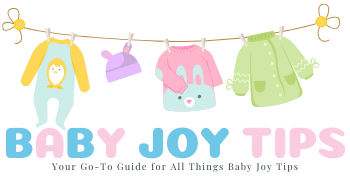

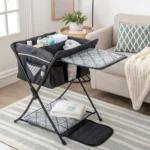

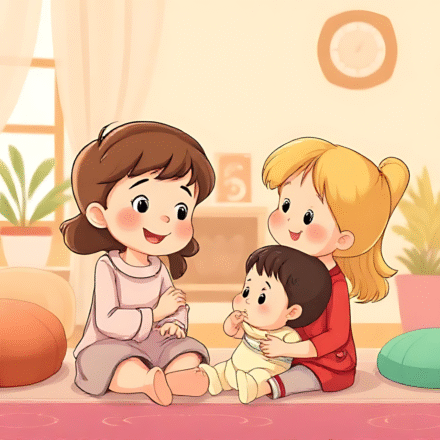
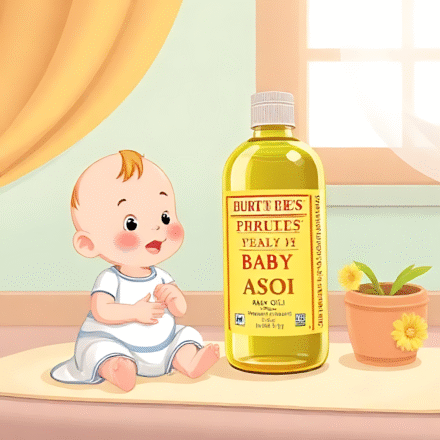

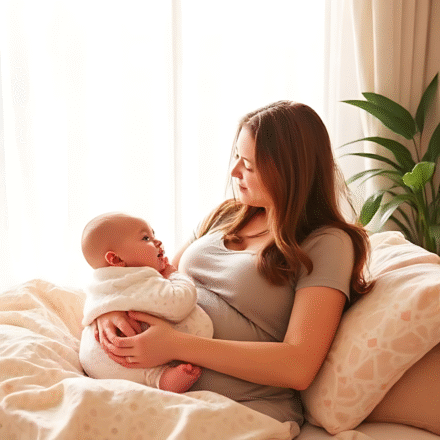
Leave a Comment